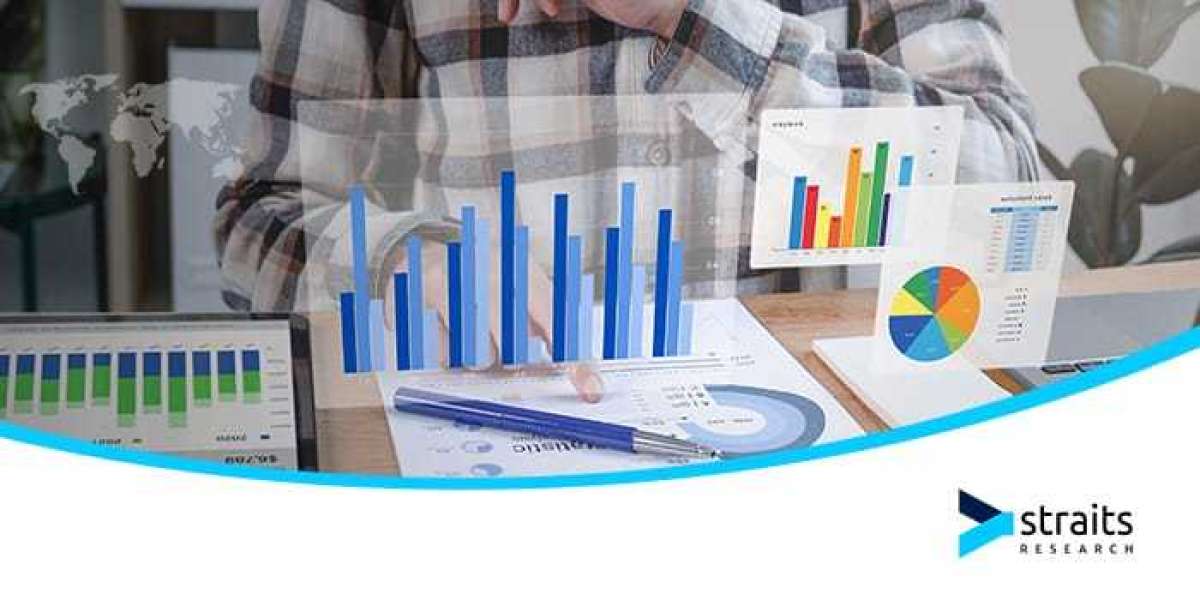The global precision farming market was valued at approximately USD 11.67 billion in 2024 and is expected to grow at a compound annual growth rate (CAGR) of 13.1% from 2025 to 2030. This strong growth trajectory is primarily driven by the rapid advancement and adoption of Internet of Things (IoT) technologies and the increasing reliance of farmers on advanced data analytics. Precision farming, a cornerstone of smart agriculture, is reshaping traditional farming methods by enabling data-driven decision-making for optimized resource utilization and enhanced productivity.
At the core of this transformation is the integration of advanced analytics, a key component of data science. These tools leverage algorithms, predictive models, and data visualization techniques to identify trends in environmental and crop-related data. By interpreting this data, farmers are better equipped to make strategic decisions regarding crop care, soil management, irrigation, and fertilizer use, ultimately improving both yield and sustainability.
Modern agricultural operations increasingly depend on technologies such as IoT, GPS, and remote sensing application control systems. These tools provide farmers with a comprehensive view of their land and farming practices, allowing for precision in critical activities such as plowing, irrigation, and harvesting. Among these, IoT plays a particularly transformative role by addressing long-standing challenges in crop monitoring. Using a network of strategically placed sensors, IoT systems deliver real-time data on variables such as soil moisture content, ambient temperature, and weather conditions. This constant stream of data allows farmers to make timely and informed decisions about harvesting cycles, crop pricing, and the implementation of soil health strategies—making IoT a central driver of the precision farming market.
In addition to technological innovation, several broader factors are accelerating the adoption of sustainable agricultural technologies. Enhanced farmer education and training programs, greater accessibility to agricultural information, and increased availability of financial incentives are key enablers. Furthermore, rising consumer demand for organic and sustainably-produced food is prompting farmers to adopt more efficient and environmentally friendly practices.
The growing urgency around environmental degradation and natural resource depletion is also influencing market dynamics. Soil erosion, water scarcity, and declining land productivity are pressing challenges that threaten global food security. In response, there is a significant shift toward sustainable farming methods focused on the conservation of natural resources and the promotion of long-term agricultural resilience. This shift underscores the need for improved crop nutrition, integrated pest management, and targeted protection strategies, all of which are supported by precision farming technologies.
As a result, the precision farming market is positioned for robust expansion, as more agricultural stakeholders recognize the value of integrating digital tools with traditional farming knowledge to achieve higher productivity, lower costs, and greater environmental sustainability.
Get a preview of the latest developments in the Precision Farming Market? Download your FREE sample PDF copy today and explore key data and trends
Detailed Segmentation:
Offering Insights
In 2024, the hardware segment emerged as the dominant contributor to the global precision farming market, accounting for over 66.0% of the total market share. This segment plays a critical role in the deployment and operation of precision agriculture technologies. It includes a range of physical components that facilitate data collection, analysis, and implementation of automated farming practices.
The hardware segment is further categorized into:
- Automation and Control Systems: These include tools such as automated steering systems, GPS receivers, and variable rate technology (VRT) that enhance precision in field operations.
- Sensing Devices: These are used to monitor key environmental and crop conditions, such as soil moisture, nutrient levels, and crop health, in real time.
- Antennas and Access Points: These components ensure effective communication and connectivity across farming equipment and systems, enabling seamless data transmission.
The widespread adoption of these hardware components is driven by their role in enhancing operational efficiency, improving resource management, and supporting informed decision-making in modern farming practices.
Application Insights
The yield monitoring segment led the precision farming market in 2024, holding a market share of over 42.0%. Yield monitoring is essential for measuring crop performance and optimizing production strategies. It helps farmers understand field variability, identify trends, and manage inputs more effectively to maximize yield and profitability.
This segment is further divided into:
- On-farm Yield Monitoring: This involves real-time monitoring during harvesting, allowing farmers to map yield data by location and adjust practices accordingly.
- Off-farm Yield Monitoring: This includes the analysis of collected data after harvesting to evaluate performance, conduct benchmarking, and inform long-term planning.
The strong performance of the yield monitoring segment reflects the increasing importance of data-driven insights in boosting farm productivity and sustainability.
Regional Insights
North America accounted for the largest revenue share of over 43.0% in 2024 in the global precision farming market. The region’s leadership is primarily due to its status as an early adopter of advanced agricultural technologies. Several key factors have contributed to this dominance, including:
- Supportive government initiatives and subsidies promoting the adoption of precision farming tools and sustainable practices.
- A well-established technological infrastructure that facilitates the integration of IoT, GPS, and AI into agricultural operations.
- The presence of leading precision agriculture solution providers and a strong ecosystem of research and development.
Key Precision Farming Company Insights
Some of the key players operating in the market include Trimble, Inc., AGCO Corporation, Raven Industries Inc., and Deere and Company, among others, are leading participants in the precision farming market.
- Deere Company manufactures and constructs agricultural and forestry machinery, drivetrains, diesel engines for heavy equipment, and lawn care machinery. It also manufactures and provides other heavy manufacturing equipment. The company serves diverse industries, such as agriculture, forestry, construction, landscaping and grounds care, engines and drivetrains, government and military, and sports turf.
- AGCO Corporation is a U.S.-based manufacturer of agricultural equipment. The Company develops and sells products and solutions such as tractors, combines, foragers, hay tools, self-propelled sprayers, smart farming technologies, seeding equipment, and tillage equipment.
Key Precision Farming Companies:
The following are the leading companies in the precision farming market. These companies collectively hold the largest market share and dictate industry trends.
- Ag Leader Technology
- AgJunction, Inc.
- CropMetrics LLC
- Trimble, Inc.,
- AGCO Corporation
- Raven Industries Inc.
- Deere and Company
- Topcon Corporation
- AgEagle Aerial Systems Inc. (Agribotix LLC)
- DICKEY-john Corporation
- Farmers Edge Inc.
- Grownetics, Inc.
- Proagrica (SST Development Group, Inc.)
- The Climate Corporation
Recent Developments
- In February 2025, Topcon Corporation partnered with Bonsai Robotics to advance automation in the agricultural sector, specifically for permanent crops. This partnership will integrate Bonsai Robotics' cutting-edge vision-based autonomous driving technology with Topcon Agriculture's leading expertise in sensors, connectivity, and smart implements. Combining Bonsai's autonomous navigation systems with Topcon's advanced autosteering, telematics, and integration, the joint effort aims to deliver comprehensive solutions that streamline labor-intensive tasks, enable data-driven decision-making, and enhance precision harvesting even in the most challenging environments.
- In April 2024, AGCO Corporation and Trimble announced a joint venture (JV) agreement, forming a new company called PTx Trimble. This venture merges Trimble’s precision agriculture division with AGCO’s JCA Technologies, aiming to deliver enhanced solutions for factory-installed and aftermarket applications in the mixed-fleet precision agriculture sector. With PTx Trimble, AGCO strengthens its advanced technology portfolio across key areas such as guidance systems, autonomy, precision spraying, connected farming, data management, and sustainable agricultural practices.
Order a free sample PDF of the Market Intelligence Study, published by Grand View Research.







